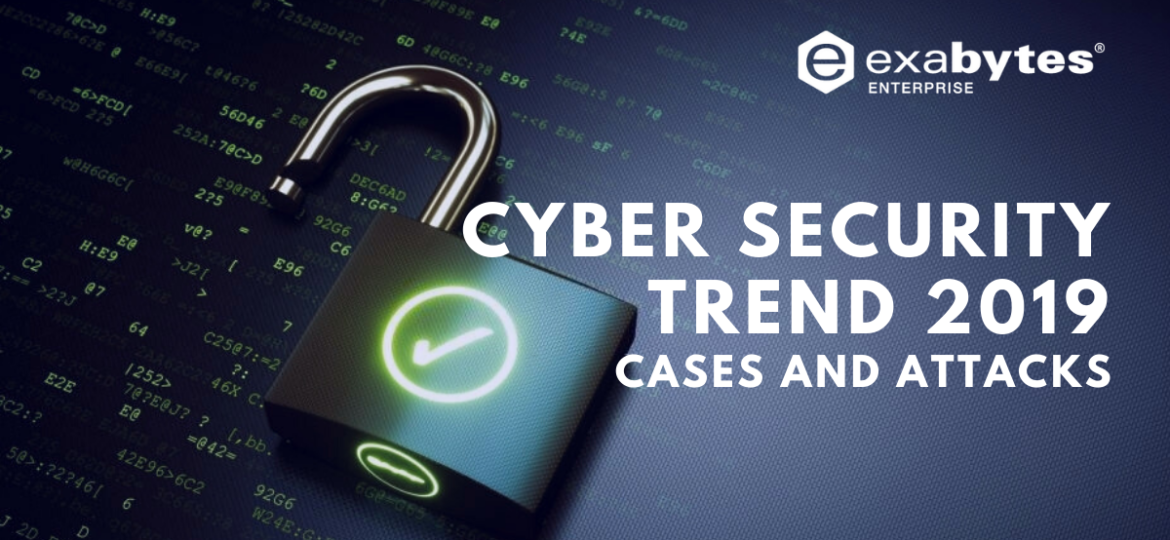
Cyber Security Trend: Cases and Attacks
In 2019, there was a significant increase in the number of different types of cyber-attacks.
Most organizations, tech firms and enterprise and private cloud services had to spend a considerable portion of their budgets on implementing modern cybersecurity solutions.
Without further ado, let’s check out some of the 2019 cyberattack trends.
1. Using Trusted Sources
Hackers and other cyber attackers have started to attack vulnerable parts of websites, applications and cloud platforms via their trusted partners and associated platforms.
It is a traditional type of supply chain attack through which the cyber attackers can expose their targeted platform’s vulnerabilities by attacking their partners or any other trusted sources.
One such famous example is that Avast was breached to get information about CCleaner. Many other such cases were observed in 2019.
2. Attacks on E-Commerce Sites
Attacking users through e-commerce websites has been on a continuous rise for a few years, due to the dramatically increased popularity of online stores.
Trends like Black Friday are celebrated all over the world, and billions of dollars are spent on a daily basis on such occasions.
Hence, cyberattackers are trying to steal confidential information of millions of users through e-commerce websites. Such information includes credit card details and other sensitive data.
The attacks on e-commerce sites are often called as Magecart attacks. The term Magecart is used because it was the first group that attacked British Airways and Ticketmaster in 2018.
The original Magecart group of hackers primarily targets e-commerce platforms in order to steal consumers’ credit card information.
3. Attacks on Enterprise and Private Clouds
A massive number of data breaches and attacks on public and private clouds was observed in 2019. The primary reason for this is improper allocation and setting of cloud resources.
Moreover, the number of direct cyberattacks against enterprise cloud service providers is also increasing.
It is not surprising that the attacks against private and enterprise clouds are growing because the cloud industry is booming and estimated to reach a $354 billion value by 2022.
One of the most popular cyberattacks against an enterprise cloud in 2019 was when Amazon servers were attacked in April, exposing the records of more than half a billion Facebook users.
Similarly, the information of millions of passengers was stolen from Amazon Bucket that was hosting the data of two leading international airline companies.
Private clouds are essential for the smooth functioning of any efficient crypto company. However, attacks against cloud platforms have also made crypto-coins and mining companies vulnerable to ransomware attacks.
4. Mobile Devices Becoming More Vulnerable
The cyberattack trends in 2019 proved that mobile devices and applications have become more vulnerable to cyber threats.
The increasing maturity and complexity of the malware, trojan horses and other viruses have contributed to mobile devices becoming more impacted by the cyberattacks.
According to an estimate, 27% of the companies that were affected by cyberattacks involved the use of mobile phones.
The high number of attacks against mobile phones in 2019 proved that mobile ecosystems’ security systems have not kept up with the evolving techniques of cyberattacks.
Smart devices are highly vulnerable to cyberattacks because hackers are becoming more proficient in such attacks, while there are minimal security options for smartphones and other smart devices.
The changing nature of malware also shows that they are being adapted to specific mobile devices and applications, making mobile security more important and sophisticated than ever before.
5. Numerous Ransomware Attacks
In 2019, there was a significant increase in the number of ransomware attacks. The top targets of ransomware attacks were software services, the medical industry and other public sectors.
The nature of the ransomware attacks has also changed because most of the attacks were coordinated among different groups of cyberattackers.
Ransomware attacks mostly targeted large-scale organizations and international enterprises.
Traditional phishing, new hacking methods and exploiting misconfigured enterprise clouds were the standard methods of ransomware attacks in 2019.
The Bottom Line
One of the common points among all of the cybersecurity trends discussed above is the fact that cyberattacks are becoming more complex and coordinated.
The trend of heavily targeting a particular company with different kinds of viruses, malware and trojan horses simultaneously is also increasing.
Moreover, mobile applications, a huge majority of the businesses, have prompted the hackers and cyber attackers to target organizations via mobile devices and applications.
To find out more about how to improve the cybersecurity of your business, please feel free to get in touch with our specialists.
